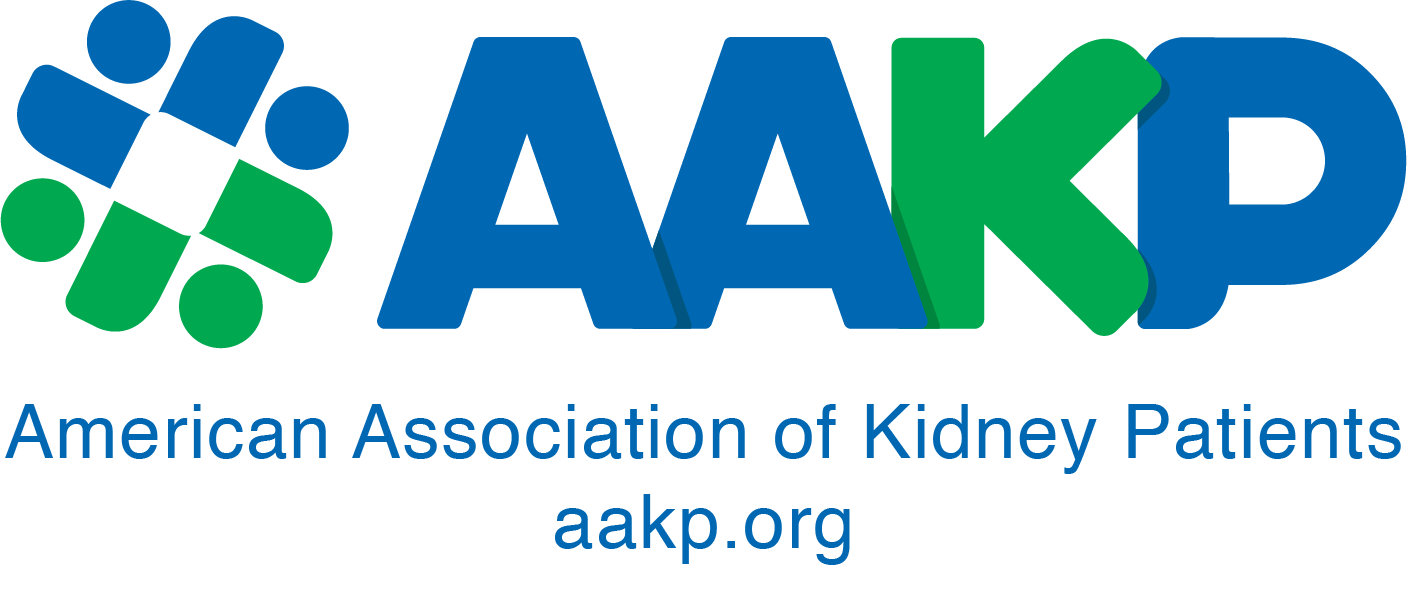Lupus is a chronic autoimmune disease that can affect a variety of different body parts. These include the kidneys, brain, lungs, heart, joints, skin and blood. Under normal circumstances the body has an internal immune surveillance system which recognizes and protects the body from bacteria, viruses and other foreign substances. In the face of these foreign substances, the body activates cells and makes proteins called antibodies to attack and clear these foreign substances. Autoimmune disorders like lupus prevent the body from recognizing the difference between itself and these foreign substances. The result is the body makes antibodies to itself which cause the inflammation associated with lupus.
The cause of lupus is unclear and likely involves genetic and environmental interactions. Interestingly, people of Hispanic, Asian, Native Indian and African American descent are more commonly affected than those of Caucasian descent. There are 11 criteria utilized to diagnose lupus including; blood-work results, neurological disorder, kidney disorder, arthritis, skin rashes, oral ulcers or photosensitivity. In order to apply the diagnosis, a patient must possess at least four of these. Lupus severity is patient specific and can range from mild, involving a few organs to life threatening. Lupus can be cyclical involving periods of “flares” in which the patient is symptomatic to states of remission when the disease appears to be quiet.
Kidney involvement is one of the most worrisome and potentially serious complications of lupus. Kidney inflammation in the setting of lupus is referred to as lupus nephritis. Over 60 percent of children with lupus will develop lupus nephritis requiring medical intervention. Once identified, a rapid kidney biopsy is essential to begin appropriate treatment and prevent the development of chronic renal failure. On rare occasions lupus nephritis may occur as the solitary symptom of lupus. These children do not meet the criteria for systemic lupus but their kidney disease can fit the classic pattern of lupus nephritis. Kidney involvement may come in a variety of forms. Essentially these all involve some degree of inflammation and have been categorized.
How Does Pediatric Lupus Nephritis Present?
The presentation of childhood lupus nephritis can be quite variable, often few signs or symptoms exist. Children and adolescents may present with weight gain and swelling of the legs, ankles or feet (edema) that is absent in the morning but progressively gets worse throughout the day. This is the result of excessive loss of protein in the urine due to damage to the filters of the kidneys. In this setting the patient may complain that his/her urine is quite foamy and they may have to get up at night to urinate or have night time bed wetting. Children and adolescents may also have headaches/visual changes due to the development of high blood pressure. High blood pressure can be quite severe when associated with lupus nephritis reflecting damage to the kidneys and/or fluid retention. Lupus nephritis is usually not associated with pain in the back or abdomen. Diagnosis is often suggested by laboratory examination and confirmation usually requires a kidney biopsy.
What Studies are done To Diagnose and Evaluate Pediatric Lupus Nephritis?
Urine studies, blood tests, blood pressure measurement, imaging studies (like kidney ultrasound) and renal biopsy are all used in the diagnosis and evaluation of lupus nephritis. Of note, the use of adult normal values for creatinine levels and blood pressure measurement in children can be misleading and age appropriate normals must be utilized.
Urine studies are invaluable in the assessment of lupus nephritis in children. Urinalysis is simple, non-invasive and relatively inexpensive. The urine is checked for protein (proteinuria), red blood cells (hematuria) and white blood cells (leukocyturia) which are not generally found in normal urine. When the cells begin to clump together they may form moldings, which can be very helpful in making the diagnosis of lupus nephritis. The presence of any or all of these, are suggestive of lupus nephritis and more investigations need to be performed. However, it is important to recognize some of these findings may indicate a urine infection and the healthcare provider must consider this possibility as well. Other urine studies usually include a spot protein/ creatinine ratio or a 24-hour urine collection for protein assessment. These studies are also used to follow the progression/treatment of lupus nephritis by the healthcare team.
Blood work is also used in diagnosis and monitoring of treatment of lupus nephritis. Since the main function of the kidney is to remove waste products and excess fluids from the body, these studies measure whether the kidney is doing this job properly. Serum creatinine and blood urea nitrogen (BUN) are the two primary tests done to evaluate kidney function. These must be evaluated in terms of the age appropriate levels for children. Protein and albumin (the main blood protein) levels can be measured to see if they are low due to ongoing protein loss in the urine. Additionally, serum salts (sodium, potassium, chloride, calcium and bicarbonate) are measured to see if the kidneys are able to regulate these in the face of ongoing inflammation. Other blood tests that measure systemic lupus activity may also be helpful in evaluating lupus nephritis. The anti-DNA antibody test measures antibodies that are typically elevated in children with lupus nephritis and the serum complement levels are typically low in lupus nephritis.
The usual imaging study performed in children with a suspected diagnosis of lupus nephritis is the renal ultrasound. This is a non-invasive, widely available study that can tell the healthcare provider the size, shape and other anatomic features of the kidneys and bladder. With acute inflammation, the kidneys may be swollen and this can be very helpful in suggesting the diagnosis. The ultrasound only provides anatomic information and does not give any indication of how well the kidneys are functioning. For this, blood work, urinalysis and other imaging studies (nuclear medicine scans) may be utilized.
Currently, the only way to truly confirm the diagnosis of lupus nephritis is to perform a kidney biopsy. If the urine and blood studies suggest this diagnosis, a biopsy is used to confirm it and to determine the degree and severity of kidney involvement. This is very important as it provides a guide as to what medicines may be required to treat it. In children (as in adults), kidney biopsies are generally done in the hospital or outpatient surgery center with general anesthetic or conscious sedation. A biopsy needle is inserted through the skin of the back and small pieces of the kidney tissue are removed. This tissue is then examined with a microscope to see how much permanent (scar) or reversible damage has occurred. These findings are reported based on the World Health Organization (WHO) classification system. Understanding the type of lupus nephritis a child has helps in assessing the best treatment approach, and long term prognosis.
What are the Approaches to Treatment and Therapy?
The approach to treatment of lupus nephritis in children must be individualized and take into account biopsy findings, current kidney function, sexual maturation of the child and other accompanying symptoms. Medications to control high blood pressure (anti-hypertensives), fluid overload (diuretics), proteinuria (angiotensin converting enzyme inhibitors), hypercoagulability (aspirin or other anticoagulants) and other lupus related symptoms (chloroquinolones) are mainstays of treatment. Dietary restriction may be necessary in terms of sodium, protein and calories. Unlike adults, these recommendations must be adjusted to take into account the growth and developmental status of the child.
Drug therapy for pediatric lupus nephritis is generally comprised of corticosteroids to control the inflammation of lupus nephritis and immunosuppressive/cytotoxic drugs to reduce immune system activity. Corticosteroid therapy is considered the initial treatment for all forms of lupus nephritis. They may be given intravenously and/or orally. Generally, these are given in high doses until the lupus nephritis improves then slowly tapered under careful guidance of the healthcare professional. Although they have been used for decades their specific mechanism of action is not clear. With long-term and/or high dose therapy, steroids may result in significant side effects including; mood change, aggravation of high blood pressure, cataracts, increased appetite and weight gain, increased risk of diabetes and infection, bone loss and delayed height growth. Many of these side effects increase the likelihood of non-compliance in children and especially adolescents. For class II lupus nephritis corticosteroid therapy is generally sufficient in its own right.
The short- and long term side effects of immunosuppressive/cytotoxic drugs in children must be considered and discussed with the patients and their families. Each medication has its own set of potential side effects, although as a group, immunosuppressive medications cause an increased risk of infection. In particular cyclophosphamide usage has been associated with hair loss, hemmorhagic cystitis (bleeding from the bladder), long-term concern for cancer development and infertility.
For adolescent males and females, reproductive issues become very important as cyclophosphamide is associated with the potential for long term infertility. Ovarian protection in girls and sperm banking in boys should be considered when possible. Ovarian failure is less common in adolescent and pre-pubescent girls than adult women but still must be considered. When considering these medications one must also consider the potential for successful child birth is reduced in patients with severe lupus nephritis.
Through research, our understanding of how lupus nephritis occurs is slowly improving. This is leading to the development of newer more specific medications for treatment of this condition. Bone marrow transplant and plasmapheresis have also been utilized in very severe cases of lupus nephritis that have not responded to conventional therapy.
Occasionally, despite aggressive and long-term therapy, children with lupus nephritis lose their kidney function. In this setting the patient is placed on either hemodialysis or peritoneal dialysis until there is little or no evidence of lupus activity at which point they are referred for kidney transplant. Lupus does not commonly recur in transplanted kidneys.
Conclusion
To date there have been advances in understanding the treatment and causes of lupus nephritis. In general, if diagnosed early, almost 80 percent of patients with lupus nephritis can have a normal life span. Early recognition of the pediatric patient with lupus/lupus nephritis, along with prompt intervention and matching disease severity to intensity of treatment may prevent kidney failure in these patients. There are few pediatric specific treatment studies available and most information is taken from adult studies and tailored to children. In cases where renal failure is imminent, balancing the effects of aggressive drug therapy with the potential for dialysis and kidney transplant must be considered.
References:
Barbano G, Gusmano R, et al. Childhood-onset lupus nephritis: a single-center experience of pulse intravenous cyclophosphamide therapy. J Nephrol 2002; 15:123-129.
Illei GG, Austin HA, et al. Combination therapy with pulse cyclophosphamide plus pulse methylprednisolone improves long-term renal outcome without adding toxicity in patients with lupus nephritis. Ann Intern Med 2001; 135:248-257.
Perfumo F and Martini A. Lupus nephritis in children. Lupus 2005; 14:83-88.
Weening JJ, D’Agati VD, et al. The classification of glomerulonephritis in systemic lupus erythematosus revisited. J Am Soc Nephrol 2004; 15:241-250.
Tan, E.M., et. al. The 1982 revised criteria for the classification of systemic lupus erythematosus. Arthritis Rheum. 1982 Nov;25(11):1271-7.
Michele Mills, CPNP, Patrick D. Brophy, MD and David B. Kershaw, MD, are members of the Department of Pediatrics and Communicable Disease at CS Mott Children’s Hospital at the University of Michigan in Ann Arbor, Michigan.
This article originally appeared in the January 2008 issue of aakpRENALIFE.























